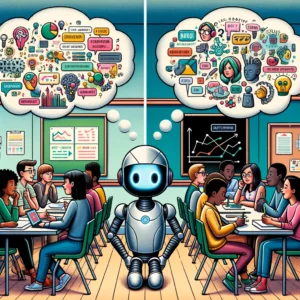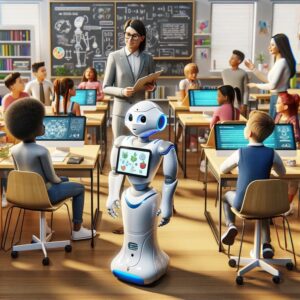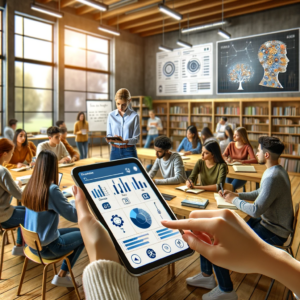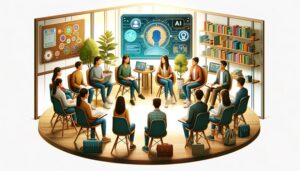In a bold move, Urban Assembly in New York City is experimenting with AI to evaluate teachers. But here’s a question to think about: Aren’t they just advocating for the prevailing notion that there is a magicial, quantitative key to all learning? AI is the latest strategy of a more than decade-long attempt by K-12 policy makers to use numbers to figure out how to measure learning.
Imagine a robot, programmed to evaluate classroom management by counting laughs, talks, and even the occasional yell in a classroom. It’s like getting AI to appreciate a sitcom. While the AI can tally up the number of times students makes a noise – does it actually get the plot?
Can the warmth, empathy, and complex dynamics of a classroom be accurately captured and assessed by artificial intelligence? It sounds like it is a plot from a sci-fi comedy, yet the fear is that it will soon be judging teachers.
The pursuit of improving teaching methods is definitely worthwhile, but the approach matters. When technology risks depersonalizing teachers, reducing their rich, complex interactions to mere data points, we miss the essence of education.
Neuroscience has shown that connections between brain waves during conversations are not only measurable but are among the most powerful influencers of learning. Conversations create feelings of safety and trust and without those, it’s not rocket science to conclude that not much learning will take place. Perhaps a balance needs to be struck between applying new AI technologies and enhancing teachers’ conversational skills.
Building teacher capacity in fostering meaningful dialogues is cheaper and more impactful than many other solutions and offers a truly authentic, human-centric and lasting solution to the challenges of engagement, learning and – maybe most importantly – care in the classroom.
As AI steps into the realm of education, the key takeaway is clear: while it can assist in many ways, measuring the immeasurable – the genuine care and impact a teacher has on their students – has to come from other places.
Check out the Teach Different podcast and learn a technique that fills in the real gaps to student engagement in education – one conversation at a time.
Picture generated by Dall-e, 2023





